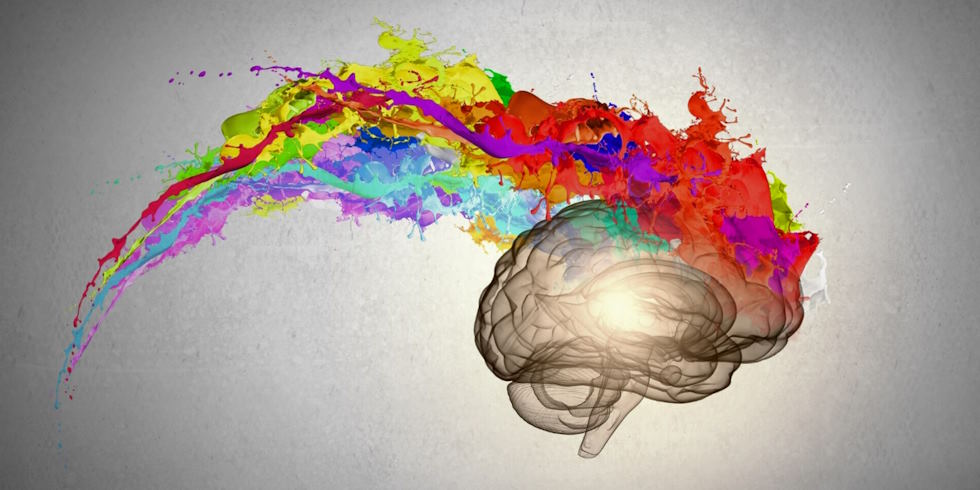Art auctions have undergone a significant transformation in recent years, transitioning from traditional brick-and-mortar settings to dynamic virtual platforms. This digital revolution has not only expanded the accessibility of art but has also redefined how we engage with it. Let’s delve into the exciting journey of how technology has reshaped the art auction landscape.
From Hammer to Click: The Virtual Shift
In the not-so-distant past, participating in an art auction typically required attendance at a physical auction house. The iconic image of an auctioneer dramatically wielding a gavel was a defining feature of the art world. However, this scenario limited participation to those who could be physically present, restricting the potential audience for artwork.
The Birth of Online Art Auctions
The advent of the internet transformed this paradigm. Online art auctions emerged as a game-changer, making art accessible to a global audience. These platforms leveraged technology to create virtual auction rooms where collectors and art enthusiasts could bid on artworks from the comfort of their homes. The transition was swift, with traditional auction houses and dedicated online platforms embracing this digital wave.
Advantages of Virtual Auctions
Global Reach
Virtual auctions eliminated geographical barriers, allowing art to transcend borders. Collectors and buyers from diverse corners of the world could participate, broadening the market for artists and their works.
Convenience
Bidders no longer needed to travel long distances or adjust their schedules to attend auctions. Online platforms provided the convenience of bidding anytime, making art accessible to those with busy lifestyles.
Transparency
Technology-enhanced transparency in art auctions. Detailed information about each artwork, including provenance and condition reports, could be accessed online. This transparency built trust among buyers.

Accessibility
The digital transformation made art auctions inclusive. Emerging artists and lesser-known works gained exposure and found a global audience. As a result, the art market diversified, and a broader range of artworks became available for purchase.
The Role of Digital Tools
Several digital tools have further enhanced the online auction experience:
High-Resolution Imagery
Detailed, high-quality images allowed potential buyers to scrutinize artworks closely, even when not physically present.
Live Streaming
Many virtual auctions incorporate live streaming, enabling participants to watch the auctioneer in real-time and witness the excitement as bids increase.
Mobile Apps
Dedicated mobile apps made bid on artworks on smartphones possible, providing an even more convenient experience.
The Future of Art Auctions
The digital transformation of art auctions continues to evolve. Virtual reality (VR) and augmented reality (AR) technologies are being explored to provide immersive auction experiences. Blockchain is being used for provenance and authenticity verification. AI-driven algorithms are assisting in valuations and predicting market trends.



